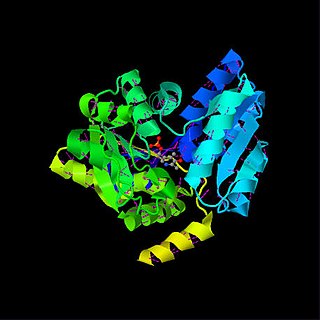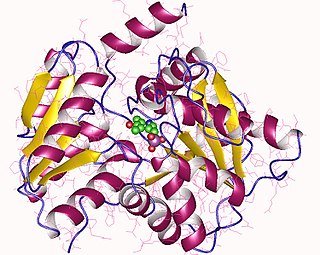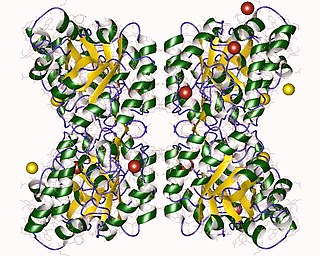| erythro-3-hydroxyaspartate ammonia-lyase | |||||||||
|---|---|---|---|---|---|---|---|---|---|
| Identifiers | |||||||||
| EC no. | 4.3.1.20 | ||||||||
| Databases | |||||||||
| IntEnz | IntEnz view | ||||||||
| BRENDA | BRENDA entry | ||||||||
| ExPASy | NiceZyme view | ||||||||
| KEGG | KEGG entry | ||||||||
| MetaCyc | metabolic pathway | ||||||||
| PRIAM | profile | ||||||||
| PDB structures | RCSB PDB PDBe PDBsum | ||||||||
| Gene Ontology | AmiGO / QuickGO | ||||||||
| |||||||||
The enzyme erythro-3-hydroxyaspartate ammonia-lyase (EC 4.3.1.20) catalyzes the chemical reaction
- erythro-3-hydroxy-L-aspartate oxaloacetate + NH3
This enzyme belongs to the family of lyases, specifically ammonia lyases, which cleave carbon-nitrogen bonds. The systematic name of this enzyme class is erythro-3-hydroxy-L-aspartate ammonia-lyase (oxaloacetate-forming). Other names in common use include erythro-β-hydroxyaspartate dehydratase, erythro-3-hydroxyaspartate dehydratase, erythro-3-hydroxy-Ls-aspartate hydro-lyase (deaminating); erythro-3-hydroxy-Ls-aspartate ammonia-lyase. It employs one cofactor, pyridoxal phosphate.








